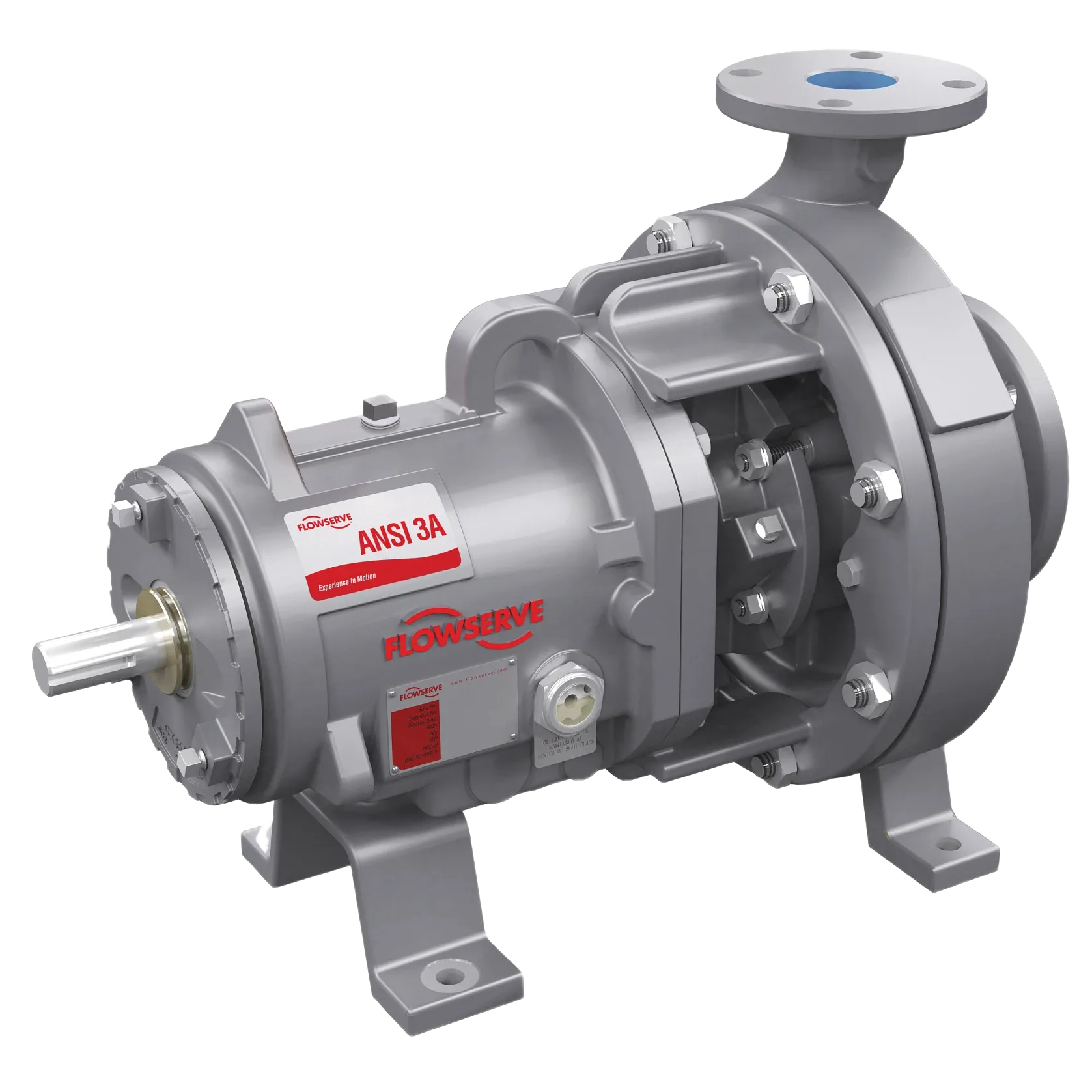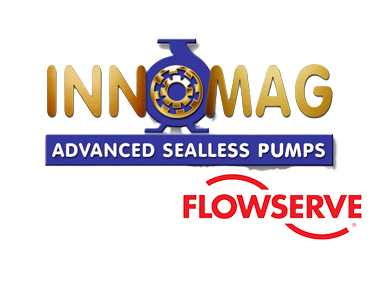How do I choose the correct progressive cavity or rotary lobe pump for my application?

All too frequently pumps are oversized during the selection process to overcome unknown variables which invariably leads to more expensive equipment, parts, servicing and running costs due to the electrical draw. Refer to this previous article: (Pump sizing and selection – can you afford to get this wrong?) However, A pump manufacturer or distributor can help you choose the correct one, but it is still important for you to understand how this selection is made.
So to answer this you really have to go back a step.
The real question is: Do I understand what I’m trying to do with my pump?
If you were asked to travel 20 km from point to point within a certain time frame and asked to select a car to do it in effectively and efficiently, you would first want to know what the terrain is like, then what you would be taking with you, just for starters. If you are travelling on tarmac without baggage or passengers, then a run of the mill city-car will do the job fine unless of course you have to do it fast, so maybe a two-seater sports car. However, if it’s through fields with 4 other people and 200kg in equipment, then you may need a 4×4, but the distance is still the same!
Moving liquids is no different, there are variables which make a huge difference. Some are fairly obvious; some are frequently overlooked. These are the main points to consider:
- What is the material to be pumped? Type, viscosity, dry solids?
- Does it contain any solid particles and if so what size & hardness are they?
- What is the material temperature?
- What is the pH level?
- What is the desired flow rate?
- What are the suction conditions? Flooded or lift?
- What are the discharge conditions? Are you against a head or is it open ended?
- What is the pipework like? Lengths before and after the pump, diameters, bends etc?
- What’s the required chemical compatibility? Is there a cleandown process?
- What are the running hours per day?
There are examples where we have replaced pumps which has been so over-sized, the additional electricity cost impact has been as high as €2000 per year, and that’s just for 1 pump! If you have a facility that is running multiple lines and maybe duty/assist, the financial implications can escalate very quickly indeed.
So what can you do?
Well, best practice would say have your liquids tested; the more information the pump company has… the better. But, if the medium is likely to fluctuate, such as the sewage sector, then testing won’t give you much to work on. In this case, you have to try and work to the worst case scenario; the engineers in this sector are normally very good at knowing what the duty requirements are likely to be and know that sadly, choosing slightly over-engineered equipment for the duty is just part of life.
But if you have a facility with consistent streams, look at them in a bit more detail – a slightly better understanding can avoid:
- Motor/pump over-sizing which leads to lack of floor/servicing space
- Internal slippage
- Internal components degradation due to particles, chemicals etc.
- High electricity consumption
- Expensive spares
- Higher capital expenditure
If in doubt, consult with the manufacturer or their distributor. They almost instinctively know what’s best, and will guide you to obtain the best selection, thus ensuring efficiency and reliability.
Flexachem are progressive cavity pump suppliers for the NETZSCH brand throughout Ireland.
Flexachem and NETZSCH form a new alliance for the Irish market – read our blog post.
To find out more, you can contact Phil Soltan, Flexachem’s Pump Specialist, better known as “Dr. Pump”. Phil has been working in the pump industry for more than 40 years.
Mobile: 086 1853782
Email: phil.soltan@flexachem.com
This article was written by Flexachem for the Engineers Ireland Journal: https://www.engineersireland.ie/Engineers-Journal/News/how-do-i-choose-the-correct-progressive-cavity-or-rotary-lobe-pump-for-my-application

























